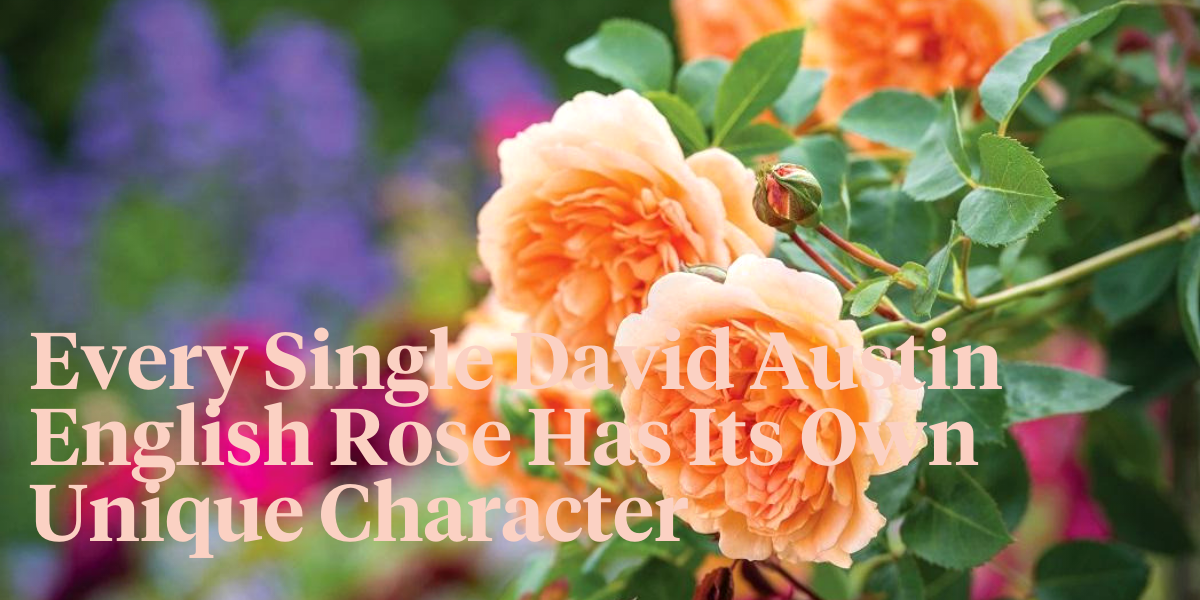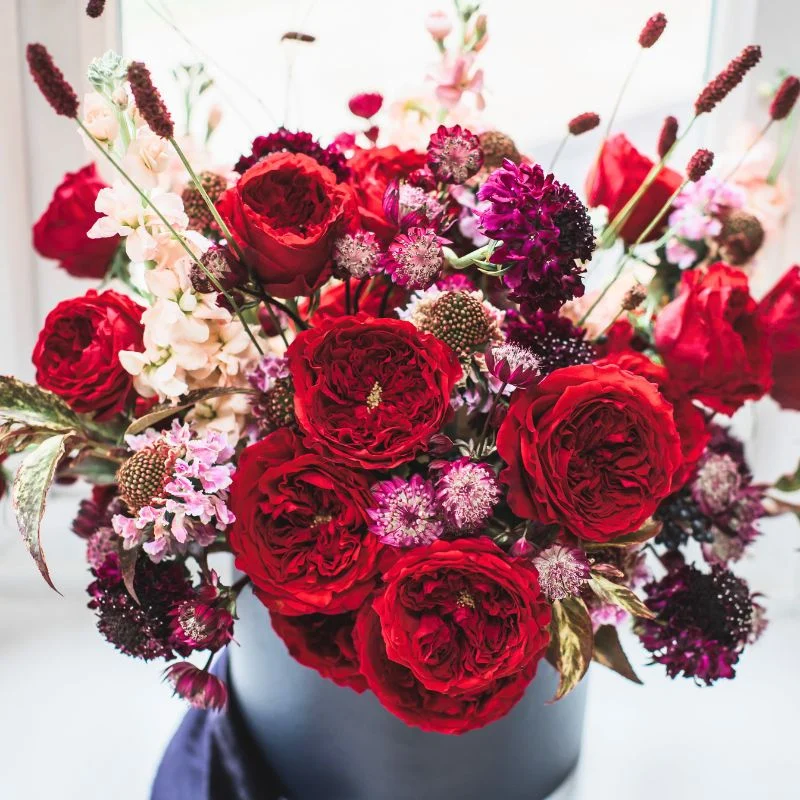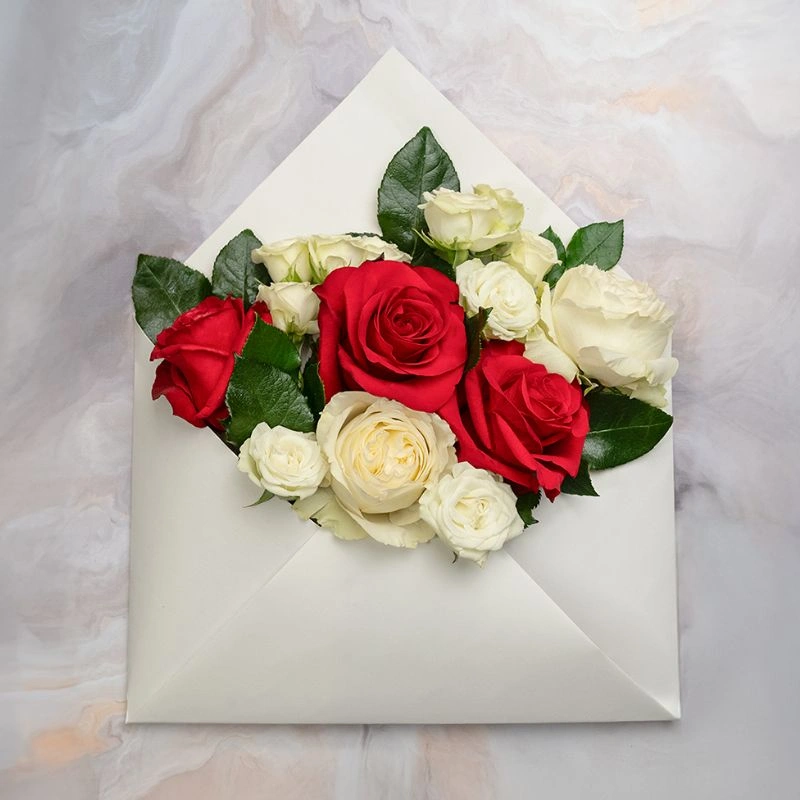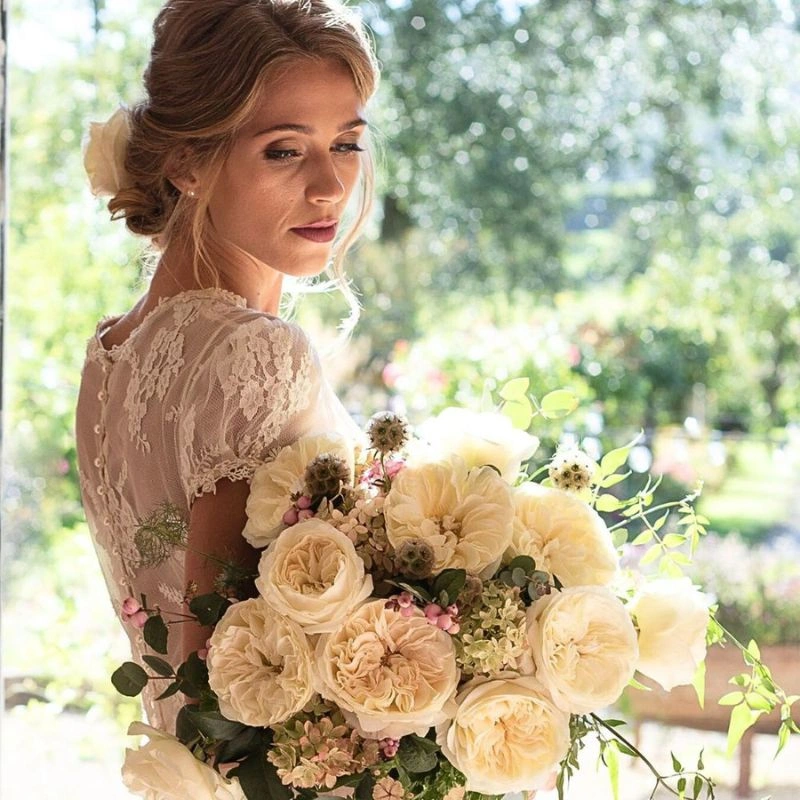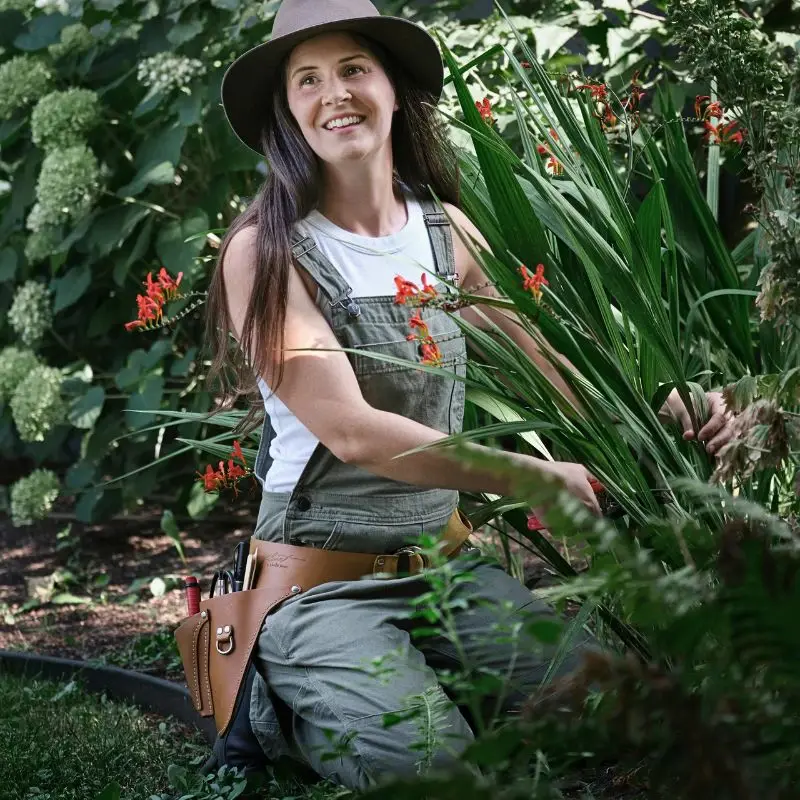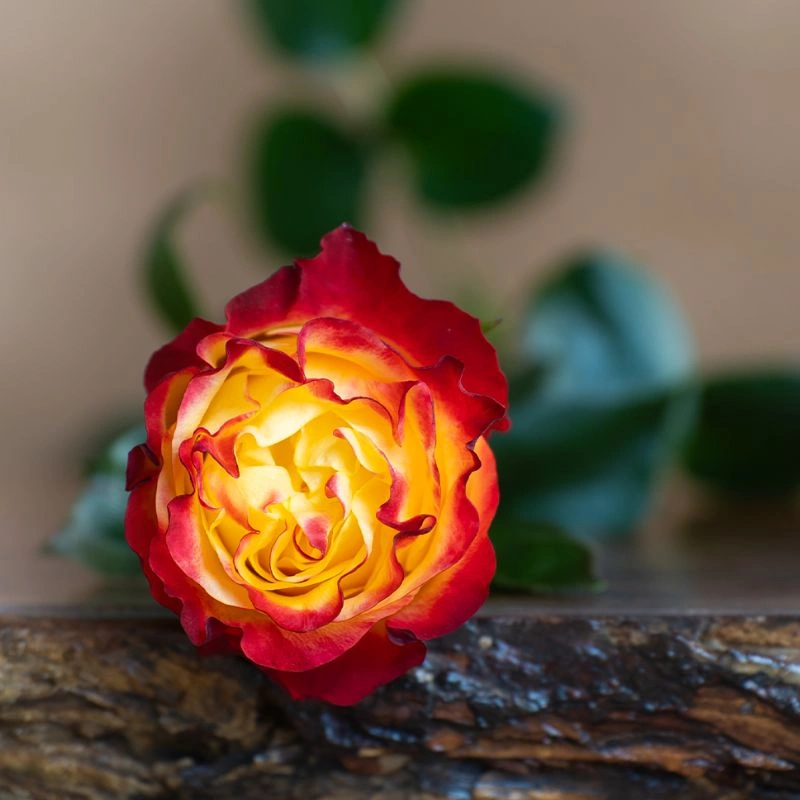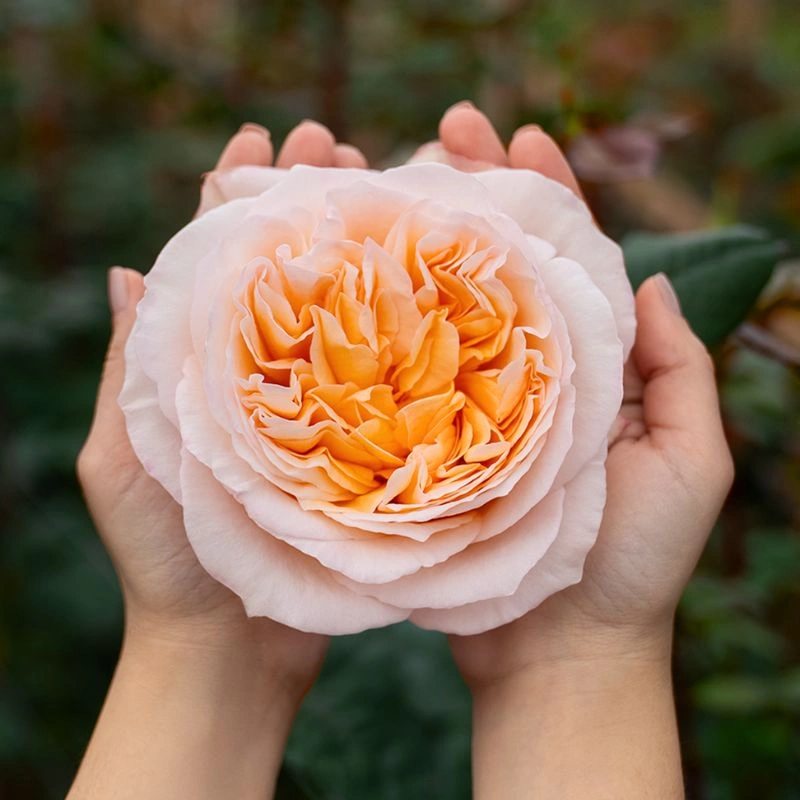Every single David Austin English Rose has its own unique character, each one beautiful in its own way. It is therefore unsurprising that many of our roses are named after great women. Admired for their strength and grace, among many other aspects, these women not only inspire, they epitomize the characteristics we look for in an English Rose.
Here's to strong women.
May we know them.
May we be them.
May we raise them.
May we grow them.
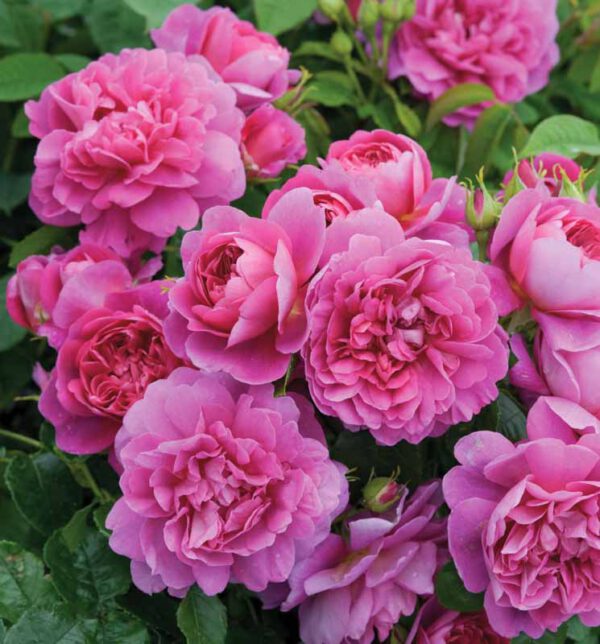
Meet the Rose: Princess Anne
Princess Anne is a medium-sized shrub rose whose young flowers are deep pink, almost red, fading to pure rich pink over time. Her narrow petals are unusually substantial, with a hint of yellow on their undersides and her foliage is highly polished. She produces her blooms with remarkable freedom, holding them in large, fragrant clusters. Enjoy her contribution to a mixed border, she is perfectly happy in shade or sun and will also look fabulous in a pot or container.
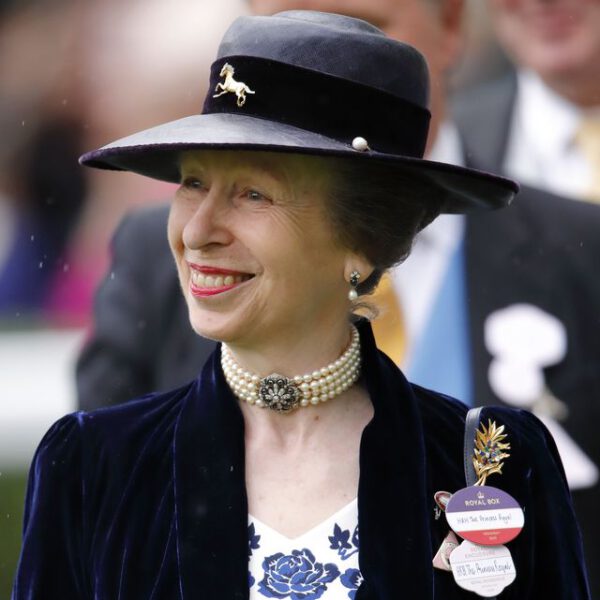
Meet the Inspiration
Princess Anne (Princess Royal) is the daughter of Queen Elizabeth II and Prince Phillip, Duke of Edinburgh. A talented equestrian, she was the first British royal to compete at the Olympic Games in 1976 and was awarded the title of BBC Sports Personality of the Year in 1971. Princess Anne is dedicated to her charity work and is a patron to over 200 charities including
Save the Children and
The Princess Royal Trust for Carers.
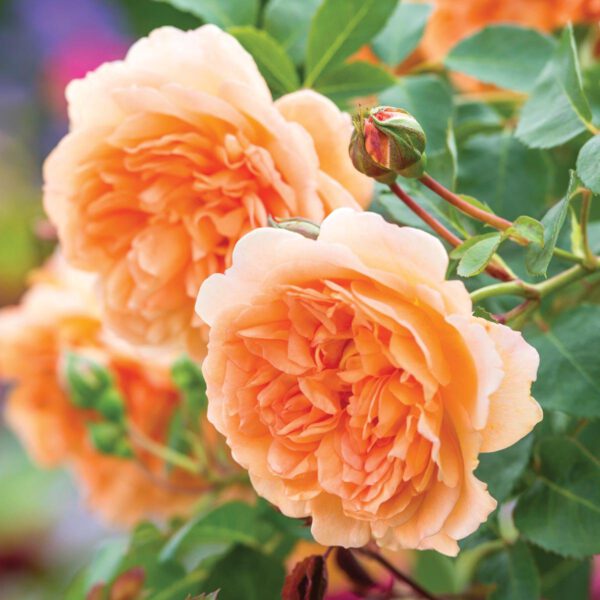
Meet the Rose: Dame Judi Dench
Dame Judi Dench is a beautiful shrub rose, her blooms which are a particularly rich shade of apricot-orange, pale prettily towards the edges. She has striking red-tipped buds which open to reveal large, informal rosettes, each with ruffled petals and a button eye. She is robust even in the rain and has a graceful light-medium Tea scent.
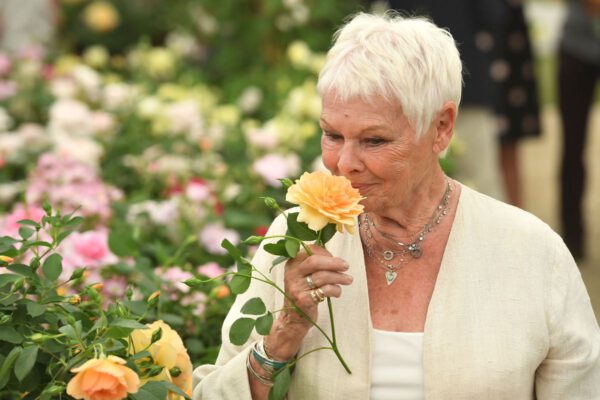
Meet the Inspiration
Dame Judi Dench is a true English Rose. One of Britain's most beloved actresses, she is known in particular for her Shakespearean roles and playing M in the recent James Bond films. Often playing a strong female character she has been awarded an Oscar, six BAFTA's and seven Olivier Awards to name but a few. She is also recognised for her significant charitable work where she is patron of
Revitalise and the
Countryside Restoration Trust.
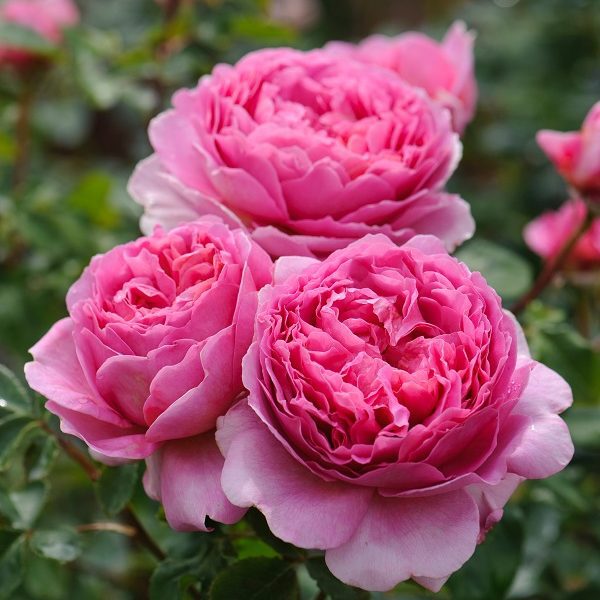
Meet the Rose: Princess Alexandra of Kent
Princess Alexandra of Kent is a a magnificent shrub rose with unusually large, bright pink flowers. In spite of their size, the full-petalled and deeply cupped bloom are never clumsy as she holds them perfectly poised. She is generous with her strong and delicious fresh Tea fragrance, which changes to lemon and eventually inherits hints of blackcurrants.
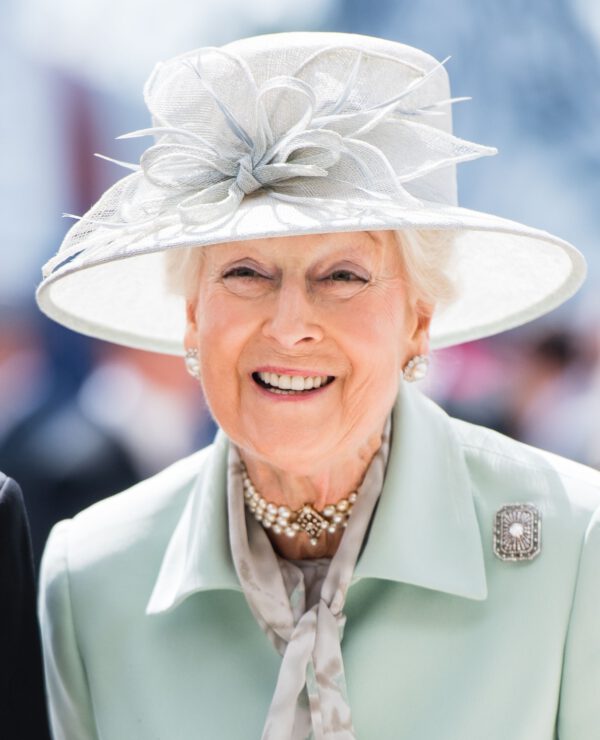
Meet the Inspiration
Princess Alexandra of Kent (The Honorable Lady Ogilvy) is the cousin of Queen Elizabeth. She is widely admired for her charitable work, where her service within healthcare has been particularly prominent, working alongside
Guide Dogs for the Blind and
Cancer Research UK, amongst others. She is President of
Alexandra Rose Charities which was originally founded in 1912 by King Edward V11's wife Queen Alexandra to raise money for hospitals through the sale of roses. Today the charity provides a Rose Voucher Scheme helping low-income families provide healthy food for their children.
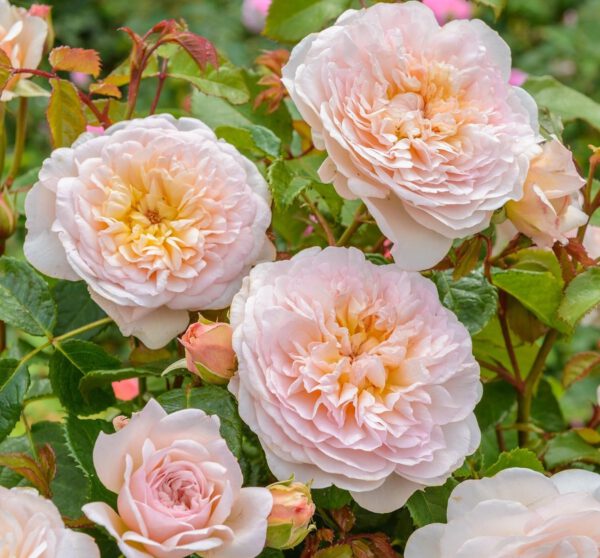
Meet the Rose: Emily Brontë
Emily Brontë is an exceptionally beautiful rose with distinctive neat, flat blooms. Each bloom is a lovely soft pink, the smaller central petals deepening to rich apricot and surrounding deep-set stamens. She has a wonderful, strong Tea scent which becomes more Old Rose over time, with delicious hints of lemon and grapefruit.
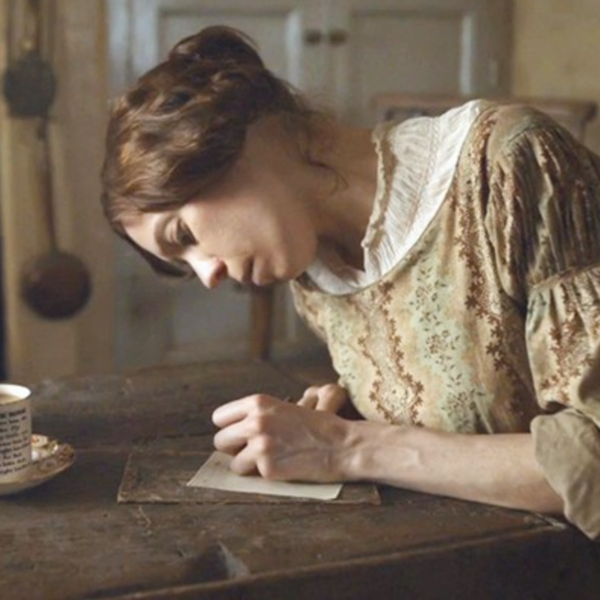
Meet the Inspiration
Emily Brontë was born in Yorkshire in 1818 and is considered one of England's most gifted novelists and poets. Her incredibly imaginative and evocative novel, '
Wuthering Heights', was originally published in 1847 under her androgynous pseudonym 'Ellis Bell' and has won acclaim as one of the finest in the English language. From an undeniably talented family, Emily's poetic talent was discovered by her sister Charlotte which led them, together with sister Anne, to publish a collection of their poems in 1846 entitled
'Poems by Currer, Ellis, and Acton Bell'. In 1850, two years after Emily's untimely death, her sister Charlotte republished Wuthering Heights under Emily's real name.









